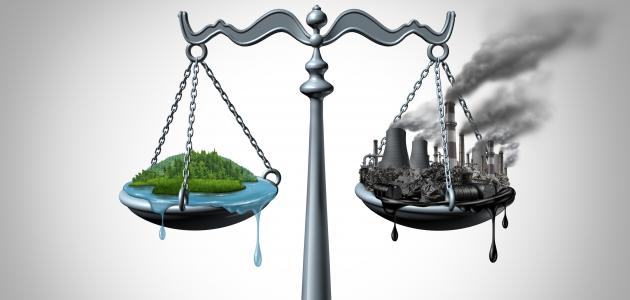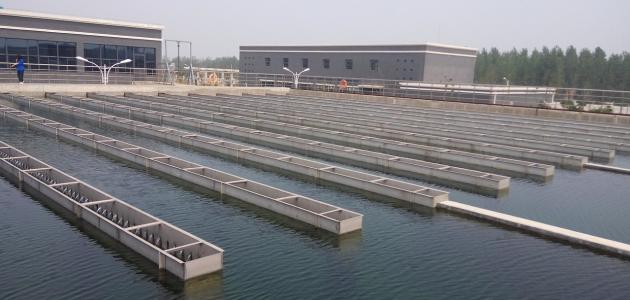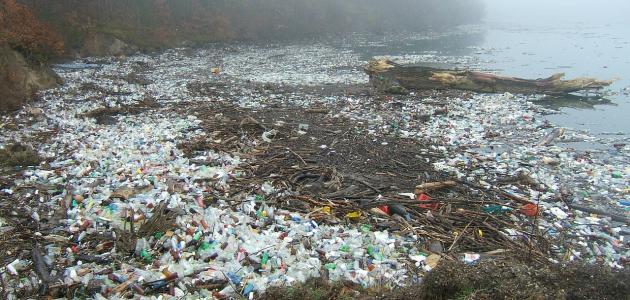Definition of Environmental Impact Assessment
Environmental Impact Assessment is defined as the process of prior analysis to estimate the potential environmental impacts of a project during each of its phases, from its establishment, through its operation, and until its termination, in order to propose the necessary measures to avoid or mitigate adverse environmental impacts and enhance the impacts. Positive, in addition to developing a systematic method for integrating sustainable environmental considerations into the decision-making process, and providing the basic elements for knowledge-based decision-making. Through this process, an environmental management plan (EMP) is attached, which aims to determine how to implement and monitor those measures, and an evaluation is often applied. Environmental impact on projects with potentially significant negative environmental impacts.
The environmental impact assessment process is a guarantee tool for developers, as protecting and protecting the environment from the outset is better than treating it from negative effects later on, which are usually very high costs compared to the cost of assessing the effects of the project and taking precautions in advance, especially in its early stages. Neglecting the process of assessing the environmental impact of any project that may cause future problems and large financial burdens that can be avoided through the evaluation that provides strategies capable of reducing the emission rate of pollutants, and thus reducing the project’s responsibility for the costs and legal consequences in the future.
Environmental impact assessment objectives
Through the environmental impact assessment process, several objectives can be achieved, including:
Read also:Essay on factory smoke- Provide project sustainability, and ensure that the development choices made are sound, environmentally, socially and economically sustainable.
- Full knowledge of any potential adverse environmental consequences, taking them into account, early in the project phase, to make the necessary modifications and improvements to its design.
- Define measures to monitor and manage environmental impacts, identify ways to improve projects environmentally, and reduce negative impacts.
- Ensuring efficient use of environmental resources to achieve sustainable development.
Stages of environmental impact assessment
Legislations and practices may differ around the world with regard to the environmental impact assessment process, but there are basic stages for it, which are:
- Screening or screening: (Screening) At this stage, projects that require an environmental impact assessment study are identified, and a decision is taken to implement the assessment based on national legislation, the nature of the project, and the sensitivity of the environment.
- Scope selection: (Scoping), by identifying potential impacts related to assessment based on legislative requirements, international agreements, specialized knowledge, and public involvement, then identifying alternative solutions that provide compensation or limit negative impacts on biodiversity, and from these solutions finding designs or Alternative sites, providing guarantees when designing the project, and then defining the competence or field of environmental impact assessment.
- Evaluation: (Assessment), the environmental impacts of the proposed project or development are assessed, then details of the alternatives are provided.
- Report Submission: Reporting is an environmental impact assessment report or statement that includes an environmental management plan and a simple and clear summary for the public.
- Review: (Review) Review of the environmental impact statement based on public participation, terms of reference and scopes that have been identified.
- Make decision: (Decision-making), making a decision about approving or rejecting the project, and specifying the conditions included in the approval.
- Monitoring and verification: Monitoring: At this stage, whether the expected impacts and proposed measures are being monitored according to the environmental management plan, taking into account checking the extent of adherence to the plan in order to address unexpected impacts and unsuccessful measures in a timely manner.
Environmental impact assessment methodologies
The environmental impact assessment process and the set of studies that will be carried out in order to forecast environmental impacts are directly related to the size of the project and the sensitivity of the area in which it will be located. Logical ideas When examining these main factors, some methodologies and guidelines must be followed, and although following these methodologies is not necessary in small projects in which common sense and good experience in the practice of environmental impact assessment may be sufficient, they are necessary in large projects, Such as those that include the integrated development of forests, and there are several methods and methodologies available for environmental impact assessment, including:
Read also:Protect the forestChecklist method
The check-lists method or the EIA type method is widely used in developing countries, while the EIA type method is used in developed countries. The principle of these two methods is to define a system or frame of reference for those in charge of The environmental impact assessment process, so as not to bypass any important factor, and this method is sufficient for small projects, but it does not take into account all the special cases that can be encountered during the environmental impact assessment, and these methods can be combined with environmental guidelines, and the provision of reference lists for different sectors, Such as: the industrial and agricultural sectors, and it can also be used for different types of affected areas, such as wetlands, tropical forests, and coastal areas.
Matrix method
The Leopold matrix is the best matrix for evaluating the impact of a project on the environment (Matrix method), which is a two-dimensional matrix, as it identifies the activities related to the project on one of the axes, which are supposed to have an impact on humans and the environment, such as: production Raw materials, building construction, water and energy supplies, gaseous emissions, noise, waste treatment, etc., while the other axis includes the environmental and social conditions that can be affected by the project, as these conditions are divided into three main groups:
- physical conditions: Such as: soil, water, and air.
- Biological conditions: Such as: animals, plants, and ecosystems.
- Sociocultural conditions: Such as: land use, historical and cultural issues, population, and economy.
After creating the matrix, the environmental impact assessment provides an accurate description of each important factor in it, and attention must be paid to the columns and rows that contain large numerical values, as they clarify the activities or elements that have a significant impact on the environment. The Leopold matrix suggests a systematic framework, but it may be inaccurate for some Projects, and the matrix method can be more efficient if a custom matrix is developed for each project as needed.
Read also:How do we protect the environment from pollution?Patel method
The Battelle Method was designed for the first time for water resource development projects, but it can be easily used in other projects. The working principle of this method lies in dividing environmental impacts into four main categories:
- Ecology: It includes different types of organisms, populations, natural habitats, communities, and ecosystems.
- pollution: It includes water, air, soil and noise pollution.
- Aesthetics: Includes the nature of land, air, water, living organisms, and the aesthetic of man-made structures.
- Human interest: It includes educational, scientific, historical, cultural, and lifestyle fields.









